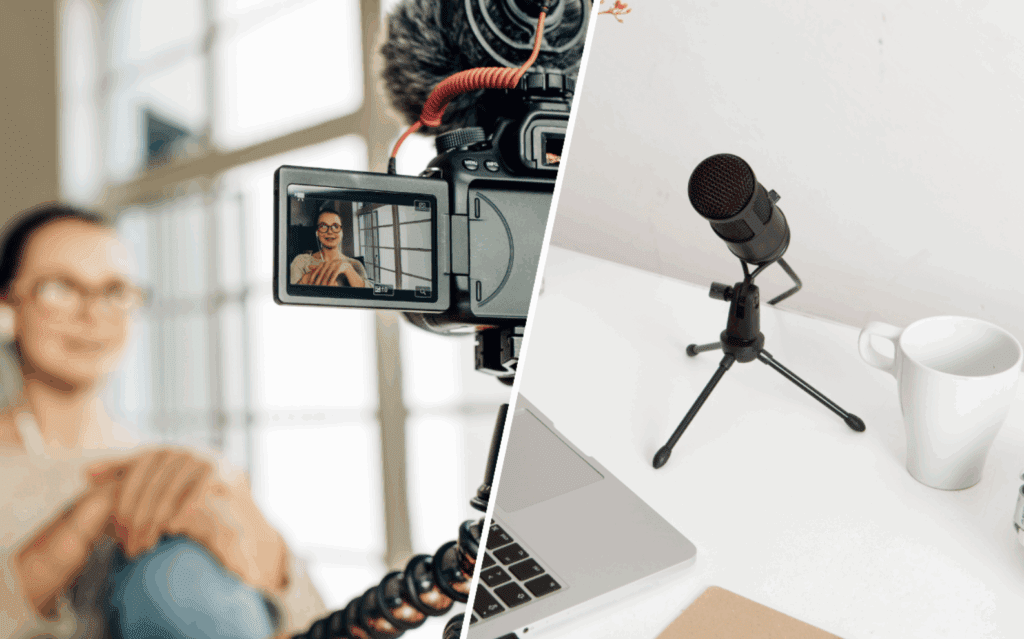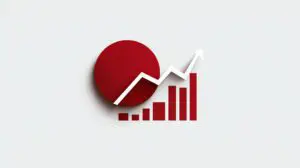Video and podcasts have become central pillars of corporate communication, each offering distinct advantages. Their rapid rise mirrors the evolution of media habits: YouTube now reaches over 2.5 billion monthly users, while podcasts attract more than 580 million listeners worldwide in 2025.
The question for leaders is no longer whether to use these formats — but how to select the one that best serves their objectives.
Get in touch with an editorial expertWhy video drives clarity and reach
Video is unmatched in its ability to translate complex messages into accessible narratives. By combining imagery, data, and voice, it creates impact and accelerates understanding. For B2B decision-makers, this matters: 80% of information is absorbed visually, making video the medium of choice to simplify complexity.
Yet quality is non-negotiable. High production standards — editing, design, voiceover — come at a cost, but one well-executed video can be repurposed across multiple campaigns, from social teasers to internal engagement.
Case in point: the French Tennis Federation produced a video series spotlighting clubs committed to inclusion and sustainability. The choice of video was deliberate: to humanise CSR actions and showcase their tangible, real-world impact.
Why podcasts create intimacy and trust
Podcasts, by contrast, are designed for depth. With flexible listening (commuting, downtime, at home), they build a unique bond with audiences — more intimate, less scripted, and closer to authentic dialogue.
They also reduce barriers for contributors: no camera, no stage — simply a voice. While production costs are often lower than video, the success of a podcast rests on three essentials: sound quality, compelling storytelling, and careful distribution.
Case in point: Emera, a European leader in senior residences, launched a podcast series exploring the five senses. The format created a deeply personal connection with its audience, reinforced by a strong visual identity and multi-channel distribution.
Matching format to objective
The decision between video and podcast should not start with the format — but with the audience and objective.
- Brand awareness & marketing → Video is most effective for reach and campaign activation (use cases, testimonials, demos).
- Employer branding & internal communication → Both can work: video for visibility and recognition, podcast for reflection and authenticity.
- Institutional audiences (investors, regulators, public sector) → Motion design videos excel at making complex data digestible.
- Sustainability & CSR → Podcasts enable in-depth dialogue with experts, creating space for nuance and credibility.
Beyond either/or: the rise of hybrid formats
The frontier is increasingly blurred. Filmed podcasts or videos repurposed into audio provide maximum flexibility, allowing audiences to consume on their own terms.
The imperative for leaders: define the target audience precisely, align the choice of medium with strategic goals, and measure performance rigorously.



